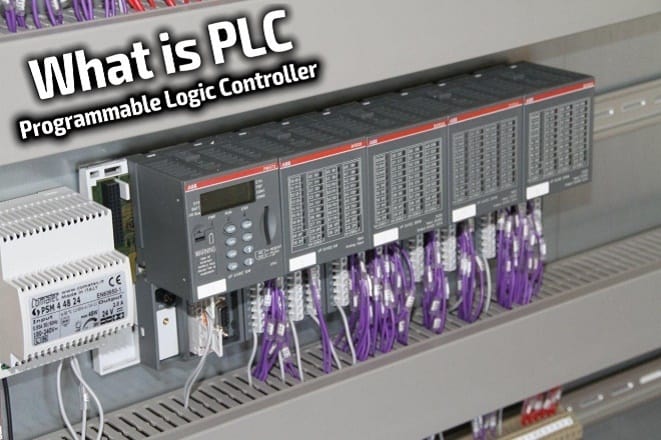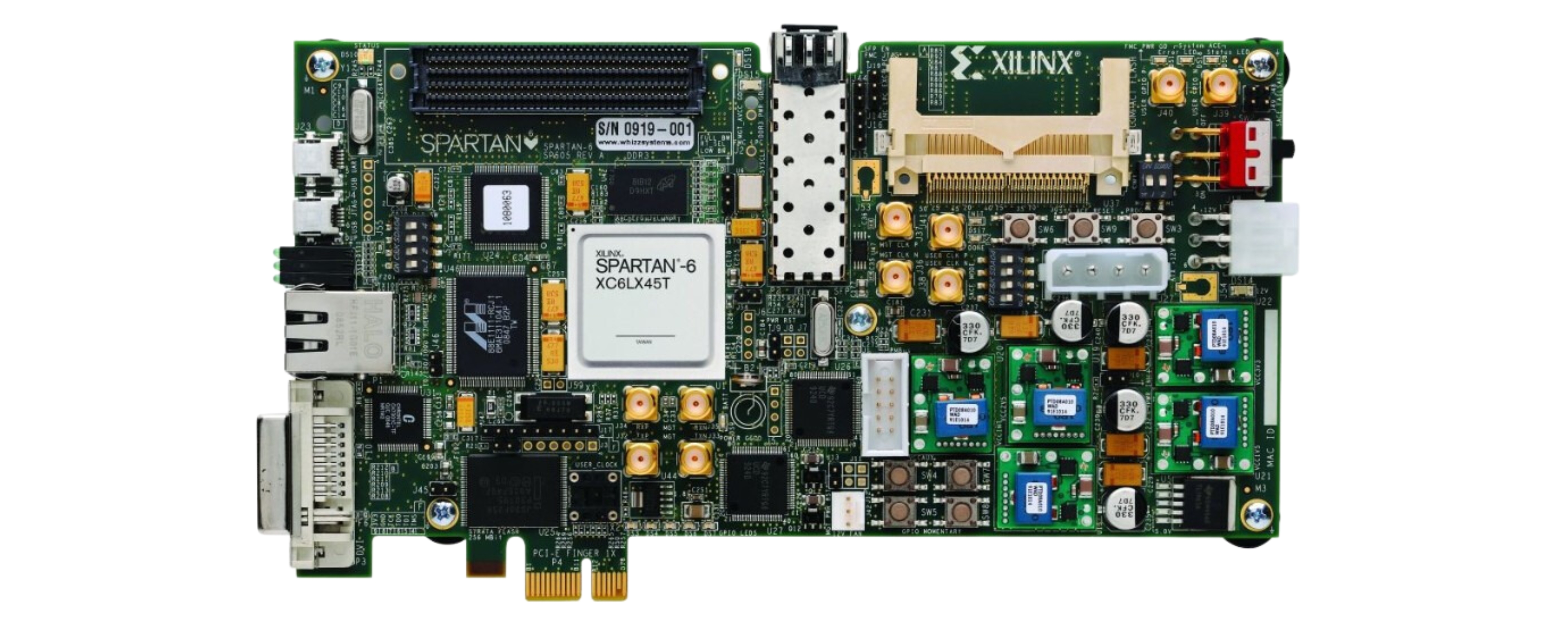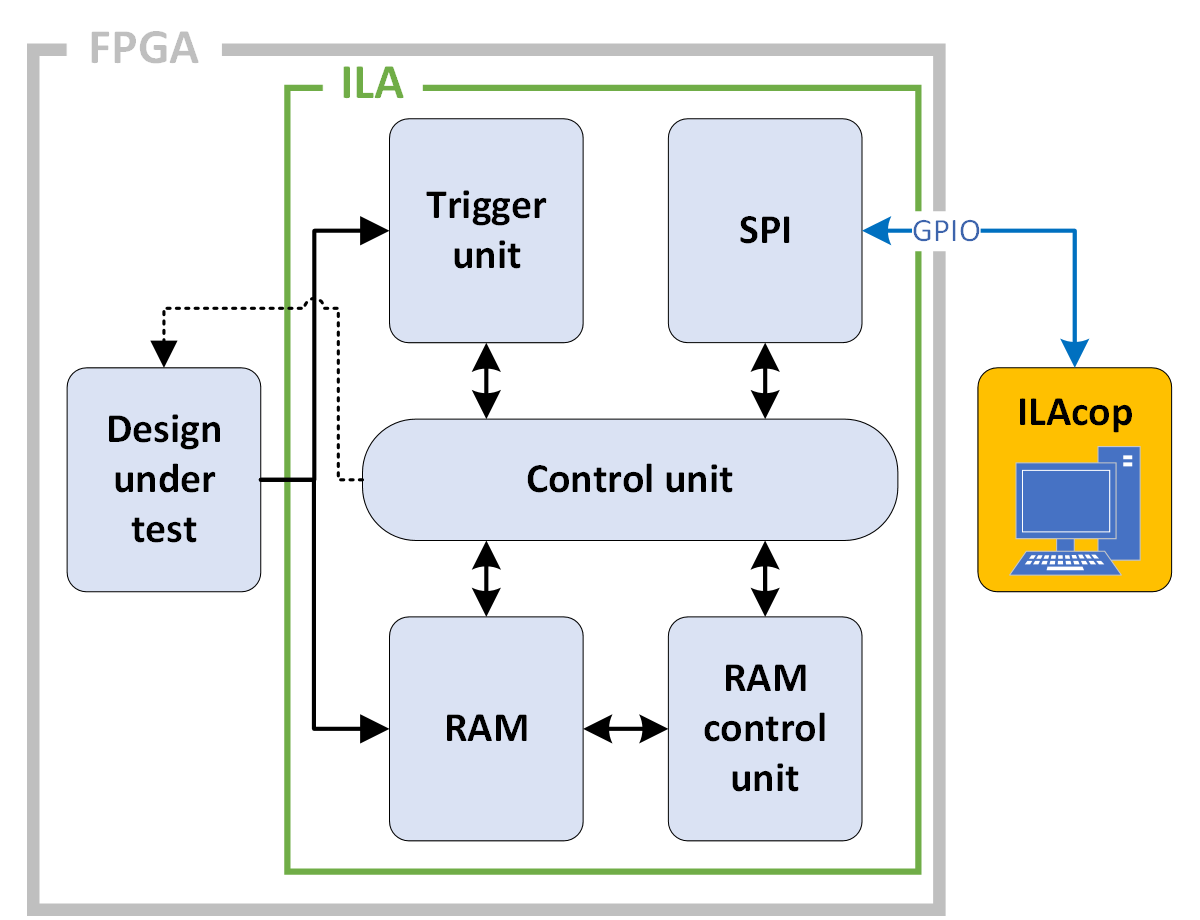“FPGA Technology: A Deep Dive into Programmable Logic
Artikel Terkait FPGA Technology: A Deep Dive into Programmable Logic
- Unveiling The Black Box: A Deep Dive Into Explainable AI (XAI)
- Progressive Web Apps: The Future Of Web Experiences
- Diving Deep Into Android Development: A Comprehensive Guide
- Parallel Processing: Unleashing The Power Of Concurrent Computation
- The Rise Of Specialized Silicon: Exploring The Landscape Of AI Hardware
Table of Content
Video tentang FPGA Technology: A Deep Dive into Programmable Logic
FPGA Technology: A Deep Dive into Programmable Logic

Field-Programmable Gate Arrays (FPGAs) have revolutionized the electronics industry, offering a unique blend of flexibility, performance, and power efficiency. Unlike traditional microprocessors or ASICs (Application-Specific Integrated Circuits), FPGAs allow developers to configure their hardware after manufacturing, enabling them to adapt to evolving requirements, accelerate specific algorithms, and even emulate entire systems. This article delves into the intricacies of FPGA technology, exploring its architecture, programming methodologies, applications, and the future trends shaping its evolution.
What is an FPGA?
At its core, an FPGA is a semiconductor device containing a vast array of programmable logic blocks interconnected by a programmable routing network. Think of it as a blank canvas of digital logic that can be configured to implement virtually any digital circuit. This programmability distinguishes FPGAs from ASICs, which are custom-designed for a specific purpose and cannot be altered after fabrication.
FPGA Architecture: A Symphony of Programmable Elements
The internal architecture of an FPGA is a complex but well-defined structure, consisting primarily of three fundamental components:
Configurable Logic Blocks (CLBs): These are the workhorses of the FPGA. Each CLB contains a collection of logic elements, typically Look-Up Tables (LUTs), flip-flops, and multiplexers. LUTs act as small memory blocks that store the truth table of a specific logic function. By programming the LUT, developers can define any Boolean function of its input variables. Flip-flops provide storage for sequential logic, enabling the implementation of state machines and other memory-intensive circuits. Multiplexers act as programmable switches, allowing the selection of different signals based on control inputs.

Interconnect Network: This intricate network provides the pathways for connecting CLBs to each other and to input/output (I/O) blocks. The interconnect network consists of programmable switches and wires that can be configured to route signals between different parts of the FPGA. The flexibility of the interconnect network is crucial for implementing complex circuits with a high degree of connectivity.
Input/Output (I/O) Blocks: These blocks provide the interface between the FPGA and the external world. They contain programmable input and output buffers that can be configured to support various voltage levels and signaling standards. I/O blocks also often include dedicated circuitry for handling specific communication protocols, such as Ethernet, USB, and PCIe.

FPGA Programming: From HDL to Bitstream
Programming an FPGA involves defining the desired circuit behavior using a hardware description language (HDL) like VHDL or Verilog. The process typically involves the following steps:

Design Entry: The developer describes the desired circuit using an HDL. This involves specifying the logic functions, data paths, and control signals that define the circuit’s behavior.
Synthesis: A synthesis tool translates the HDL code into a netlist, which is a description of the circuit in terms of basic logic gates and interconnections.
Implementation: The implementation tool takes the netlist and maps it onto the FPGA’s architecture. This involves placing the logic gates into CLBs and routing the signals through the interconnect network.
Bitstream Generation: The implementation tool generates a bitstream, which is a binary file that contains the configuration data for the FPGA.
Configuration: The bitstream is loaded into the FPGA, configuring the CLBs, interconnect network, and I/O blocks to implement the desired circuit.
Modern FPGA vendors provide comprehensive software toolchains that automate these steps, making the development process more efficient. These tools often include features such as simulation, timing analysis, and power estimation, which help developers optimize their designs for performance and power consumption.
Advantages of FPGAs:
FPGAs offer several advantages over other types of digital logic devices, including:
Flexibility: FPGAs can be reconfigured after manufacturing, allowing developers to adapt to changing requirements and implement new features without replacing the hardware.
Performance: FPGAs can achieve high performance in specific applications by implementing custom hardware accelerators. The parallel processing capabilities of FPGAs allow them to outperform traditional microprocessors in tasks such as image processing, signal processing, and cryptography.
Time-to-Market: FPGAs offer a faster time-to-market compared to ASICs, as they do not require the lengthy and expensive fabrication process.
Cost-Effectiveness: For low to medium volume production runs, FPGAs can be more cost-effective than ASICs.
Power Efficiency: FPGAs can be optimized for power consumption by implementing custom power management techniques.
Applications of FPGAs:
FPGAs are used in a wide range of applications, including:
Telecommunications: FPGAs are used in base stations, routers, and switches to implement high-speed data processing and protocol conversion.
Aerospace and Defense: FPGAs are used in radar systems, electronic warfare systems, and satellite communications to implement signal processing and control functions.
Industrial Automation: FPGAs are used in motor control, robotics, and machine vision systems to implement real-time control and image processing algorithms.
Medical Imaging: FPGAs are used in MRI scanners, CT scanners, and ultrasound machines to implement image reconstruction and processing algorithms.
Automotive: FPGAs are used in advanced driver-assistance systems (ADAS), infotainment systems, and engine control units to implement real-time control and image processing functions.
Data Centers: FPGAs are increasingly being used in data centers to accelerate specific workloads, such as machine learning, data analytics, and network processing.
Future Trends in FPGA Technology:
The future of FPGA technology is bright, with several key trends driving innovation:
Heterogeneous Architectures: FPGAs are increasingly incorporating heterogeneous architectures, integrating hard processors, memory controllers, and other specialized IP blocks onto the same die. This allows developers to create more complex and integrated systems on a chip.
High-Level Synthesis (HLS): HLS tools are becoming more sophisticated, allowing developers to design FPGAs using higher-level programming languages such as C/C++ and OpenCL. This simplifies the design process and reduces the time-to-market.
Artificial Intelligence (AI) Acceleration: FPGAs are increasingly being used to accelerate AI workloads, such as deep learning inference and training. Specialized FPGA architectures are being developed to optimize performance for AI applications.
Security: Security is becoming an increasingly important consideration in FPGA design. New features are being added to FPGAs to protect against tampering, reverse engineering, and other security threats.
Cloud-Based FPGA Development: Cloud-based FPGA development platforms are emerging, allowing developers to access FPGA resources and development tools remotely. This democratizes access to FPGA technology and enables collaboration across geographically distributed teams.
FAQ (Frequently Asked Questions)
Q: What is the difference between an FPGA and an ASIC?
A: An FPGA is a programmable device that can be configured after manufacturing, while an ASIC is a custom-designed chip that is fabricated for a specific purpose and cannot be altered after fabrication.
Q: What are the advantages of using an FPGA over a microprocessor?
A: FPGAs can offer higher performance in specific applications due to their parallel processing capabilities and ability to implement custom hardware accelerators. They also offer more flexibility and can be reconfigured to adapt to changing requirements.
Q: What are the disadvantages of using an FPGA compared to an ASIC?
A: FPGAs typically have lower performance and higher power consumption than ASICs. They also require more complex programming and development tools.
Q: What is HDL?
A: HDL stands for Hardware Description Language. It is a specialized programming language used to describe the behavior of digital circuits. Common HDLs include VHDL and Verilog.
Q: What is a bitstream?
A: A bitstream is a binary file that contains the configuration data for an FPGA. It is loaded into the FPGA to program the CLBs, interconnect network, and I/O blocks.
Q: What is High-Level Synthesis (HLS)?
A: HLS is a design methodology that allows developers to design FPGAs using higher-level programming languages such as C/C++ and OpenCL.
Q: Are FPGAs only for hardware experts?
A: While a strong understanding of digital logic is beneficial, modern HLS tools and cloud-based platforms are making FPGA development more accessible to software engineers and other developers with limited hardware experience.
Q: How are FPGAs used in AI?
A: FPGAs are used to accelerate AI workloads, particularly inference (running a trained model). Their flexibility allows them to be optimized for specific neural network architectures, often outperforming CPUs and even GPUs in certain scenarios.
Conclusion
FPGA technology has come a long way since its inception, evolving from simple programmable logic devices to complex systems-on-a-chip. Their flexibility, performance, and power efficiency make them an attractive solution for a wide range of applications, from telecommunications and aerospace to industrial automation and data centers. As technology continues to advance, FPGAs are poised to play an even more significant role in shaping the future of electronics, enabling innovative solutions in areas such as artificial intelligence, autonomous driving, and the Internet of Things. With advancements in HLS, cloud-based development, and heterogeneous architectures, FPGAs are becoming more accessible and powerful than ever before, empowering developers to create custom hardware solutions that meet the ever-evolving demands of the modern world. The future of programmable logic is bright, and FPGAs are at the forefront of this exciting evolution.


